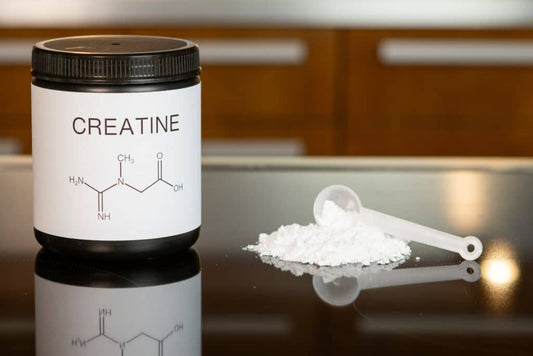Muscular Fatigue? Understanding the Biological Mechanisms Behind Exercise Intolerance in Long COVID

In a latest study published in Nature Communications, researchers shed light on the underlying biological changes responsible for the debilitating impact of exercise on individuals with long COVID. Led by Dr. Rob Wüst from Vrije Universiteit Amsterdam, the study delves into factors such as severe muscle damage, mitochondrial dysfunction, and the presence of microclots in the body, offering crucial insights into the lingering symptoms experienced by those with long COVID.
Long COVID, a condition affecting an estimated 2 million individuals in the UK alone, often manifests as prolonged fatigue, malaise, and pain following physical activity. To investigate this phenomenon, the study involved 25 patients with long COVID who reported post-exertional malaise and 21 individuals who had recovered fully from COVID-19.
During the study, participants underwent cycling exercises while blood samples and skeletal muscle biopsies were collected before and after the task. The results revealed notable differences between individuals with long COVID and healthy participants. On average, those with long COVID exhibited lower exercise capacity, with muscle biopsies indicating a higher proportion of white fibers, fewer mitochondria, and signs of mitochondrial dysfunction.
Furthermore, the presence of amyloid protein clusters in the skeletal muscles of long COVID patients was observed, although these microclots did not appear to block blood vessels as previously suggested by some researchers. Analysis of post-exercise biopsies revealed worsened mitochondrial function and increased tissue damage in long COVID patients, providing insights into the muscle pain and fatigue experienced post-exercise.
Dr. Wüst emphasized the importance of these findings, cautioning against intense exercise for individuals with long COVID due to its detrimental effects on muscle health and metabolism. Prof. Betty Raman from the University of Oxford, not involved in the study, highlighted the potential role of mitochondrial dysfunction in long COVID fatigue and suggested treatments targeting mitochondrial health could be beneficial.
However, Prof. Raman noted that while metabolic abnormalities may contribute to fatigue, persistent inflammation and other factors might also play a role, indicating the complexity of long COVID's pathophysiology.
This study underscores the urgent need for tailored interventions to address the debilitating effects of exercise on individuals with long COVID, offering hope for improved management and treatment strategies in the future.
In conclusion, if you've been grappling with persistent muscular weakness post-COVID, know that your experiences are validated by scientific research. By shedding light on the pathophysiological mechanisms at play, studies like these pave the way for better recognition, management, and treatment of long COVID-related symptoms.



